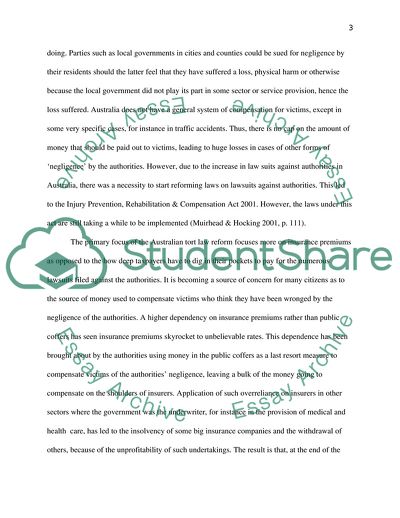Cite this document
(Foundations of Tort Law Report Example | Topics and Well Written Essays - 2500 words - 1, n.d.)
Foundations of Tort Law Report Example | Topics and Well Written Essays - 2500 words - 1. https://studentshare.org/law/1763129-foundations-of-tort
Foundations of Tort Law Report Example | Topics and Well Written Essays - 2500 words - 1. https://studentshare.org/law/1763129-foundations-of-tort
(Foundations of Tort Law Report Example | Topics and Well Written Essays - 2500 Words - 1)
Foundations of Tort Law Report Example | Topics and Well Written Essays - 2500 Words - 1. https://studentshare.org/law/1763129-foundations-of-tort.
Foundations of Tort Law Report Example | Topics and Well Written Essays - 2500 Words - 1. https://studentshare.org/law/1763129-foundations-of-tort.
“Foundations of Tort Law Report Example | Topics and Well Written Essays - 2500 Words - 1”. https://studentshare.org/law/1763129-foundations-of-tort.


